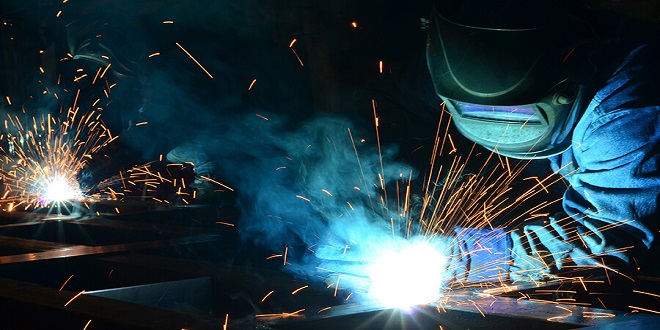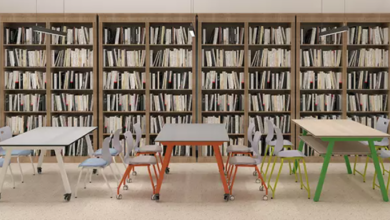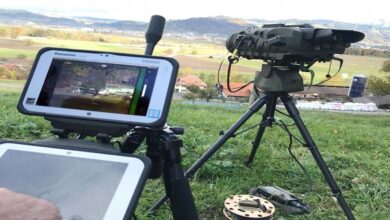Custom Forged Metal Fabrication – Everything you Need to Know

Forged Custom Metal Facing is a process that shapes sheet metal and flat metals into specific forms. This process starts with sheet metal no more than a quarter inch thick. This thickness is flexible enough that the metal can take on many forms. This metal is used by fabricators to modify the sheet to meet a specific condition. This item’s forged part design involves cutting, shaping, folding and welding. Another related occupation is custom fabrication. This involves the creation of unique, new components using creative combinations of different methods.
Forged custom metal fabricators are highly skilled people who can cut and shape metal to the correct form with surgeon’s precision. They often work out of large manufacturing plants or specialist fabrication facilities. These shops offer both standard fabrication services and custom fabrication in the IT and medical industries.
What’s Custom Metal Fabrication?
A custom metal fabrication process involves multiple fabrication processes in order to create a product that meets the customer’s specifications. Custom fabrication is a way to create custom-made goods, which is not possible with standard stock fabrication. The product specifications can vary depending on the industry, such as aerospace, defense, military and automotive. Metal fabricators need to use versatile fabrication techniques in order to meet these industries’ daily needs. This allows them to produce custom-made goods, and it ensures that they are able to maintain their quality and performance for the long-term.
Metal Fabrication Methods
Metal manufacturing involves some different techniques. The exact mix of stainless steel and metal manufacturing techniques used will depend on the form of the component, the intended use of the component, and the material. These are just a few examples of the many manufacturing options available:
Cutting:Cutting is the most fundamental operation in metal manufacturing. It can be done by laser cutting or waterjet cutting, shearing or sawing, as well as flame cutting. This is how the metal sheet is cut to the desired shape and size. Laser cutting and waterjet are two of the most popular technologies today.
Casting This is where molten steel is poured into a mold. The steel cools and solidifies, while the remaining portion is retained when the die is taken out.
Forging A high-pressure machine that compresses raw metal allows a fabricator bend or shape it.
Punching – Turrets use a punch to punch pre-designed patterns in metal.
Drawing This method uses tension to draw liquid metal in a tapered die.
Milling: Because of the nature and function of the equipment, holes made by a milling machine may not be perfectly round.
Drilling – A drill uses a round bit to make holes in the metal.
Turning: The piece of metal is placed on the rotating platform. This allows a technician to cut it in radial fashion using an instrument as the platform spins.
Extrusion A ram presses billets to a die. This extrusion method creates cylindrical components such as pipes or electrical cables.
What is the Process of Custom Metal Fabrication (CMF)?
Metal manufacturing usually begins with a thought that involves a piece suitable for a particular activity.
This document outlines the entire process for custom metal fabrication.
Design
The design phase involves analyzing and changing the production design. The client usually handles this stage for standard components. However, the fabrication service provider is often involved in special projects. The client’s design team works with the manufacturer to determine project requirements, production methods, and improvement areas. The manufacturer uses CAD software to create designs.
Prototyping
Prototyping is an important next step in any project. This step involves the creation of a prototype using either 3D printing, or rapid sheet metal prototyping. After the prototype has been evaluated for its practicality, the client and design team can identify any design modifications that may be required before moving on to the next stage of production.
Programming
Once the CAD design is complete, it can be converted into programming for any machine-controlled in the production line. Programming is often required for automated cutting, punching and turning machines.
Fabrication
After programming is complete, manufacturing begins. The part’s complexity and the required procedures will determine the fabrication time. It also depends on the workload of the machine shop. There may be a number of operations involved in the fabrication process, including cutting, punching and folding, machining, welding, etc.
Finishing
After the fabrication process, the fabrication service can finish the product. This usually involves refinishing edges and surfaces or applying a variety coatings such as powder coating.
Assembly
Some fabrication companies also offer assembly services. This may include welding or electrical integration.
Forged custom metal fabrication requires a lot of preparation and effort. For any metal fabrication task, it is better to work with an experienced firm that can be trusted. The process of shaping metal to create a final product is called custom metal fabrication.





